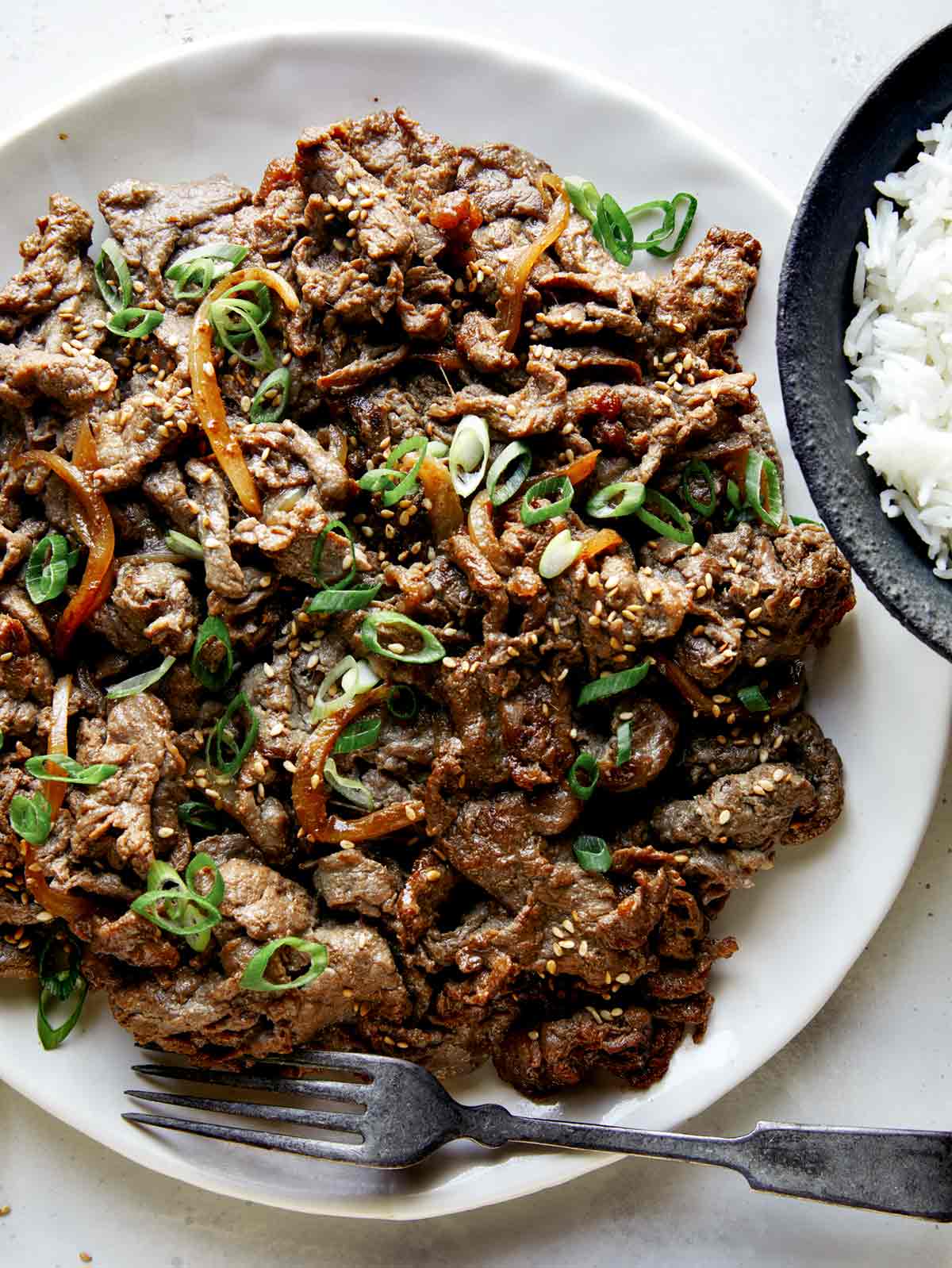Meat Prep Work Tips to Boost Taste and Inflammation in Every Dish
Wiki Article
From Ranch to Table: Fresh and Premium Meat Choices
The journey of meat from farm to table envelops an intricate interaction of high quality, principles, and sustainability. With an enhancing emphasis on fresh and exceptional choices, customers are now much more inclined to consider the origins of their food, bring about a restored concentrate on lasting farming methods and animal well-being criteria. This shift not only boosts the nutritional profile of meat yet likewise supports neighborhood economic situations. The ramifications of these choices expand far past individual health and neighborhood farming. What does this mean for the future of food systems and consumer habits?Comprehending Meat Sourcing
As customers become significantly knowledgeable about the beginnings of their food, recognizing meat sourcing has obtained critical relevance. Meat sourcing involves mapping the trip of meat from farm to table, including numerous factors such as farming methods, pet welfare, and ecological impact. This understanding encourages consumers to make educated options that straighten with their values, especially pertaining to sustainability and ethical considerations.The sourcing of meat can differ substantially based upon multiple requirements, consisting of the sort of animals, farming methods, and geographical place. For example, grass-fed beef often comes from pasture-based systems that promote animal welfare and decrease ecological destruction. Alternatively, standard meat might involve intensive farming practices that increase issues relating to antibiotic usage and environment damage.
In addition, traceability plays an important function in meat sourcing. Understanding the certain farm or region where the meat stems aids customers ensure quality and safety. Many customers currently look for accreditations or labels that suggest humane treatment and sustainable practices, reflecting an expanding need for openness in the food supply chain. Eventually, comprehending meat sourcing not only enhances customer selection however likewise fosters accountable consumption and supports moral farming techniques.
Advantages of Fresh Meat
Selecting fresh meat provides numerous benefits that extend past flavor and texture. Fresh meat typically maintains higher dietary value compared to its frozen or processed equivalents. It is often richer in important vitamins and minerals, such as B vitamins, iron, and zinc, which are critical for keeping general health.Moreover, the sourcing of fresh meat often includes shorter supply chains, lowering the time in between farm and table. This indicates that the meat is less most likely to shed its nutritional honesty during transport and storage. In addition, consumers can experience improved preference and juiciness, which can elevate cooking experiences.
Fresh meat also offers a possibility for consumers to sustain neighborhood farmers and promote lasting agricultural techniques. When purchasing from regional resources, individuals can add to their neighborhood economy and promote a better link to the food they consume.
Last but not least, fresh meat is generally totally free from the preservatives and additives typically found in processed alternatives. This makes it a cleaner, much healthier alternative for those aiming to decrease their consumption of man-made components. Overall, the benefits of picking fresh meat incorporate health and wellness, taste, and a sense of community involvement.
Pet Well-being Specifications
Making sure high animal well-being criteria is essential for both moral factors to consider you could look here and the high quality of meat products. The therapy of livestock directly affects not only the ethical effects of meat production but additionally the total top quality and security of the end items. Animals raised in gentle conditions are much less stressed out, leading to much healthier animals and, subsequently, remarkable meat top quality.Rules and certifications worrying animal well-being have come to be progressively significant in the why not look here meat market. These frameworks make sure animals are supplied with sufficient space, correct nutrition, and humane handling throughout their lives. Practices such as pasture-raised systems and free-range atmospheres contribute to much better pet welfare by permitting animals to display natural habits, which is essential for their wellness.
In addition, customers are becoming a lot more critical concerning the resources of their meat, leading to a growing need for items that abide by rigid animal welfare requirements. This change not only advertises ethical farming methods yet also encourages manufacturers to take on measures that improve the wellness and well-being of their animals. Meat. Eventually, focusing on pet welfare is not just a moral imperative; it is additionally a path to producing premium-quality meat that meets consumer assumptions

Sustainable Farming Practices
Lasting farming methods play an important duty in improving both pet welfare and the top quality of meat products. These techniques emphasize the relevance of environmental stewardship, moral treatment of livestock, and source efficiency. By applying rotational grazing, farmers can promote healthy and balanced pasture ecosystems, enabling pets to feed upon nutrient-rich yards while avoiding overgrazing. This approach not only supports animal wellness but likewise improves the dirt, decreasing the requirement for artificial fertilizers.Furthermore, lasting farming usually incorporates integrated insect administration and natural feed alternatives, decreasing the use of this contact form damaging chemicals. This strategy not just safeguards animal health but likewise causes cleaner, more secure meat products for customers. Water preservation strategies, such as rain harvesting and reliable watering systems, better add to lasting techniques, making certain that sources are made use of carefully.
In addition, cultivating biodiversity via polyculture systems and maintaining environments for wildlife improves the resilience of farming communities. By prioritizing these sustainable approaches, farmers can generate high-grade meat that fulfills customer demand while promoting eco-friendly equilibrium. Eventually, embracing sustainable farming techniques is crucial for developing a much more accountable and resilient food system that profits pets, farmers, and consumers alike.
Choosing Quality Over Amount
Often, customers are confronted with the problem of selecting in between quantity and quality when it involves meat items. While purchasing bigger quantities might appear economically useful, the long-lasting benefits of picking high-grade meat far surpass the prompt savings. Quality meat is often sourced from animals increased in sustainable settings, where they are provided proper nutrition and treatment, causing premium taste and nutritional value.High-quality meats are generally free from harmful ingredients, hormonal agents, and anti-biotics that are frequently existing in mass-produced options (Meat). This not just ensures a much healthier dining experience however additionally supports moral farming practices that focus on pet welfare. Furthermore, costs meats have a tendency to have a far better texture and flavor, boosting the overall cooking experience
Spending in quality meat motivates customers to appreciate smaller parts, enabling a more mindful strategy to eating. This shift not only affects individual health positively yet also advertises lasting intake patterns that can benefit the environment. In final thought, focusing on top quality over quantity when selecting meat products promotes an extra liable and health-conscious lifestyle, ultimately enhancing both the dining experience and the earth.
Conclusion

Report this wiki page